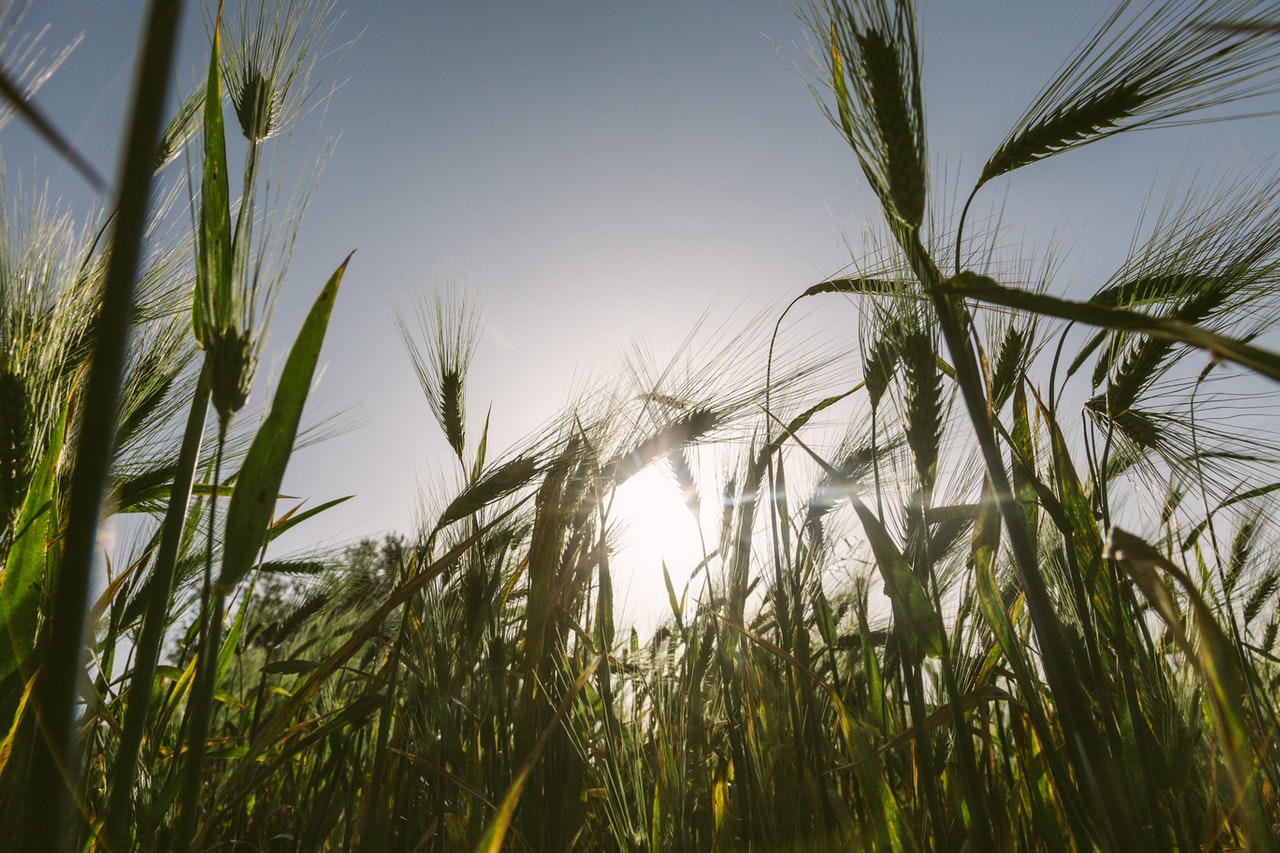By Jennifer Breckner, Craft Maltsters Guild Marketing & Events Associate
The 2022 virtual Craft Malt Conference kicked off with keynote speaker June Russell (Director of Regional Food Programs at the Glynwood Center for Regional Food and Farming) sharing how she and others built the Northeast regional grainshed from the ground up over her 14 years working with Grow NYC, an environmental nonprofit. She talked of Greenmarket Wheat, a pioneering 2013 beer collaboration with Brooklyn Brewery, which contained regional wheat and Pilsner barley malt and was produced to show brewers that creating a beer with local malt and other ingredients could be done.
Fast forward nine years later and Big aLICe Brewing, the first farm brewery in New York City, is basing their entire brand on this idea. They presented at the conference on the theme of “Locally Sourced, Agriculturally Focused” and shed light on their strategy of building relationships with farmers to develop an award-winning beer portfolio that includes local ingredients like wild foraged juniper and cherries from a neighborhood tree, as well as offerings such as Castle Falls, a New York lager, which includes 100% local ingredients. As Russell stated, we now find ourselves in a “maturing market for small grains.”
The members of the European craft maltster panel by contrast explained how, spurred on by the burgeoning success of American craft maltsters, they are motivated to establish roots. The industry in the U.S. is growing and maturing and inspiring others around the world. Featuring Alison Milne (Crafty Maltsters, Scotland), Tyson Weaver (Bonsak Malt, Norway), and Paul French (Irish Craft Malts), and moderated by Matthew Curtis (Pellicle Magazine), the discussion focused on how geography and climate dictate what they grow, the importance of heritage varieties to some, but not all maltsters, and the challenges that they face because of high taxation and climate change.
The effect of severe weather on barley crops was prevalent throughout the conference and at least three presentations addressed the subject. Dr. Yueshu Li of the Canadian Malting Barley Technical Centre offered that barley production was down 31% in the U.S. and 33.5% in Canada due to lack of rain. Harmonie Bettenhausen, Director of Hartwick College Center for Craft Food & Beverage, also talked about how the 2021 cereal crops of barley, wheat, and rye suffered pre-harvest sprout damage and offered ways to mitigate the damage.
What was striking was Bettenhausen talking about how tricky barley is to work with, outside of any other external elements that affect it. She offered that the whole grain’s intrinsic qualities are unknowable with no two varieties being the same so maltsters need to be flexible and “develop a working relationship with barley, understand its strength, and make it work for [them].” Her message was that craft maltsters are curious, resourceful individuals who, if they are taking on the challenge to work with barley, are well suited in temperament to take on the difficulties of a less than ideal crop. Indeed she offered that “success going forward is [dependent upon having a] mindset of adaptation, up and down the supply chain.”
Craft brewing and distilling industry updates by Chuck Skypeck (Brewers Association) and Becky Harris (American Craft Spirits Association), respectively, talked of some growth in 2021 after the tough pandemic losses of 2020, but also expressed concern for what’s coming down the pike: steadily rising beer prices and no understanding of how consumers will respond; potential brewery and distillery closures because of inflation and employment challenges; and supply chain issues such as aluminum and carbon dioxide shortages for brewers, and bottle and barrel shortages for distillers, that are real obstacles to continued growth. Yet, when asked about how to operate with this uncertainty, Harris offered that distillers are a generally scrappy, think-on-their-feet type of people who know how to pivot and move forward. This characterization seems appropriate when applied to farmers, brewers, and maltsters also.
When looking for hope, though, we should look towards plant breeders and scientists for inspiration. Nicholas Santantonio and Amelia Loeb from the Virginia Tech University Small Grains Breeding Program shared their work on Avalon, a new barley variety for malting, bred specifically to grow in the Eastern U.S. It’s a project that took a decade to come to fruition. In a world where we’re now told that people only spend seven seconds reading a page of text, can you even imagine committing to work on a project that may or may not be successful ten years from now? There’s something quite beautiful and optimistic in that.
While there are very real challenges that the craft malt industry faces on several fronts, there’s also real growth and momentum. The conference was filled with a catching enthusiasm for reviving traditions that connect to farmers and the land, and a desire to produce a quality product that ultimately makes a beer or spirit more flavorful. British beer writer Matthew Curtis introduced the European craft malt panel by offering that tasting a beer years ago with American craft malt was a game-changer for him. Given all the malt-focused media attention as of late and 233 attendees from 24 United States and 18 countries taking part in the conference, it looks like craft malt is set to be a game-changer for more people than ever before.
2022 Craft Malt Conference attendees can access seminars recordings on Crowdcast through the end of May.


